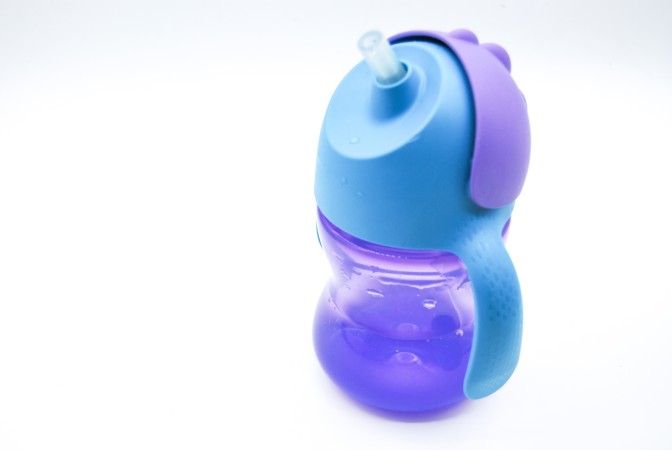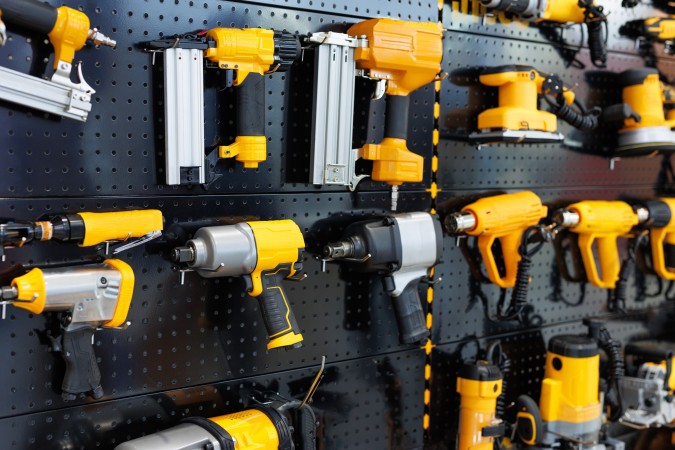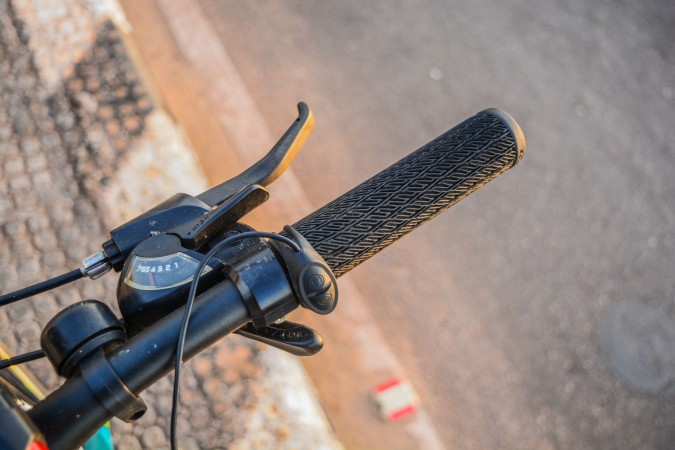- ACRYSTEX MS RESIN
- AGON®
- AMILAN™ PA
- BIFFA r-HDPE
- BIFFA r-PP COMPOUND
- CELANEX® PBT
- CELANYL® PA
- CLEARFLEX LLDPE
- CRASTIN
- DIAKON PMMA
- DISTRUPOL-PRECW
- DRYFLEX® CIRCULAR
- DRYFLEX® GREEN
- DRYFLEX® TPE
- DUTRAL®
- ECOMID® PA
- EGYEUROPTENE
- ELASTOLLAN TPU
- ELTEX MED
- ELTEX P POLYPROPYLENE
- ELVAKON PMMA
- ENTHOVEN RECYCLED PPC
- ERACLENE HDPE
- EUROPRENE®
- EVICOM PVC COMPOUNDS
- FLEXIRENE LLDPE
- FRIANYL® PA
- GREENFLEX EVA
- HY-VIN PVC COMPOUNDS
- HYTREL
- INEOS EBA
- INEOS EMAA
- INEOS LDPE
- INEOS LLDPE
- INEOS PP
- INEOS mLLDPE
- IPETHENE LDPE
- KEPITAL™ POM
- KIBILAC ASA
- KIBISAN SAN
- KIBITON Q-RESIN
- KIBITON TPE
- LG ABS
- LG ASA
- LG LUPOX PC/PBT
- LG LUPOY PC
- LG LUPOY PC/ABS
- LG LUPOY PC/ASA
- LG LUSEP PPS
- LG SAN
- MEDALIST TPE
- MEDIPRENE TPE
- MINLON PA
- MONPRENE TPE
- PEARLENE
- PHARMALENE PE & EVA
- PINNACLE HPP
- PINNACLE ICPP
- PINNACLE RCPP
- POLYCHIM PP
- POLYLAC ABS
- POLYREX PS
- PURGEX CLEANING COMPOUND
- PVOH (Polyvinyl Alcohol)
- RECYCL-IN
- RIBLENE LDPE
- RIGIDEX HDPE
- RIGIDEX MDPE
- RYNITE PET
- SARLINK TPV AND TPE
- THERMOFIL REINFORCED PP COMPOUNDS
- TORAYCON PBT
- TORELINA PPS
- TOYOLAC ABS
- TOYOLAC MABS
- TRIFILON BIOLITE
- TRIFILON REVO
- TRIFILON SWITCH
- WELLS PLASTIC ANTISTATICS
- WELLS PLASTICS ANTIBLOCKS
- WELLS PLASTICS ANTIMICROBIALS
- WELLS PLASTICS ANTIOXIDANTS
- WELLS PLASTICS BLOWING AGENTS
- WELLS PLASTICS FLAME RETARDANT MASTERBATCHES
- WELLS PLASTICS FRAGRANCES
- WELLS PLASTICS OXO BIODEGRADABLES
- WELLS PLASTICS PROCESSING AIDS
- WELLS PLASTICS PURGE AND CLEANING COMPOUNDS
- WELLS PLASTICS SLIP AGENTS
- WELLS PLASTICS UV STABILISERS
- WONDERLITE PC
- WONDERLOY PC/ABS
- ZYTEL PLUS
- ZYTEL HTN
- ZYTEL LCPA
- ZYTEL PA
- ZYTEL RS
Spotlight on 2K moulding with HEXPOL TPE
SPOTLIGHT FEATURE
Spotlight on 2K moulding with HEXPOL TPE
What is 2K moulding?
2K moulding – otherwise known as two-shot moulding - is an overmoulding technique that allows designers and manufacturers to create single plastic parts featuring two different polymer materials (with potentially different properties, colours, hardnesses). This is particularly useful where applications require soft-touch features or integrated seals.
Why 2K?
Manufacturing products made of thermoplastic with soft-touch features or integrated seals used to be a complex and costly practice.
With Dryflex® 2K TPEs, no separate primer or adhesive is needed because the materials are bonded together at the production stage, making the process faster and more cost-effective.
In most cases, the 2K moulding or extrusion also results in a stronger bond compared to using adhesion and primer.
How does 2K work?
When overmoulding with soft materials, the surface of the hard component softens, and a diffusion of the molecules takes place in the outer layer.
A prerequisite is that the two materials, i.e. the TPE and thermoplastic substrate, must be compatible so they do not reject one another’s molecules.
As the molecule mobility increases, the molecules of the two materials will diffuse, leading to so-called melt adhesion. The molecules of the two materials form a network at the surface layer, which creates a cohesive bond between the materials.
It is possible to achieve adhesion to PP and PE with standard TPE materials. Other thermoplastics require some modification of the TPE material.
Applications using 2K
Dryflex 2K TPEs are a good choice in applications where a soft-touch grip or seal is required. They are used in the consumer, automotive, electronics, construction, food, personal care and industrial markets. Examples include handles on screwdrivers or power tools, bicycle grips, automotive seals, toys, baby drinking cups and more.
2K TPE Product ranges:
Dryflex 2K TPEs have been specially designed for overmoulding and co-extrusion applications. Grades are available with adhesion to PA, ABS, PC, PMMA, PS, ASA, SAN, and their blends.
Dryflex TPVs are Thermoplastic Vulcanizates (TPV) materials whichistr offer higher thermal and chemical resistance than TPE materials based on Styrenic Block Copolymers (TPS), such as the Dryflex 2K TPEs. TPVs are available with adhesion to PP, PE and other substrates.
TPEs that help you switch from virgin fossil sources and reduce product carbon footprint
Increase the use of recycled materials with Dryflex Circular TPEs. These TPEs are available with varying amounts of Post Consumer, Post Industrial and/or Maritime Waste recyclate content. They can be used in 2K applications, with adhesion to PP, PE and other thermoplastic substrates.
HEXPOL TPE’s cradle-to-gate PCF (product carbon footprint) calculations indicate around 26% reduction in CO2e per kg of TPE for a 60 Shore A Dryflex Circular TPE with 22% post-consumer recycled content, compared to the equivalent virgin TPE.
Dryflex Green Biobased TPEs contain raw materials from renewable sources, such as plant and vegetable crops. They can be used in 2K applications, with adhesion to PP, PE, ABS, PC/ABS, PET and other thermoplastics.
HEXPOL TPE’s cradle-to-gate PCF (product carbon footprint) calculations indicate around 22% reduction in kg CO2e per kg of TPE for a 60 Shore A Dryflex Green TPE with 21% bio content, compared to the equivalent fossil TPE.
HEXPOL TPE’s European sites are all ISCC PLUS certified. Meaning they can offer bio, bio-circular or circular TPEs attributed via the mass balance approach. These include grades with adhesion to PP, PE and other thermoplastic substrates.
Follow Us On LinkedIn
© 2025 Distrupol. All rights reserved.


